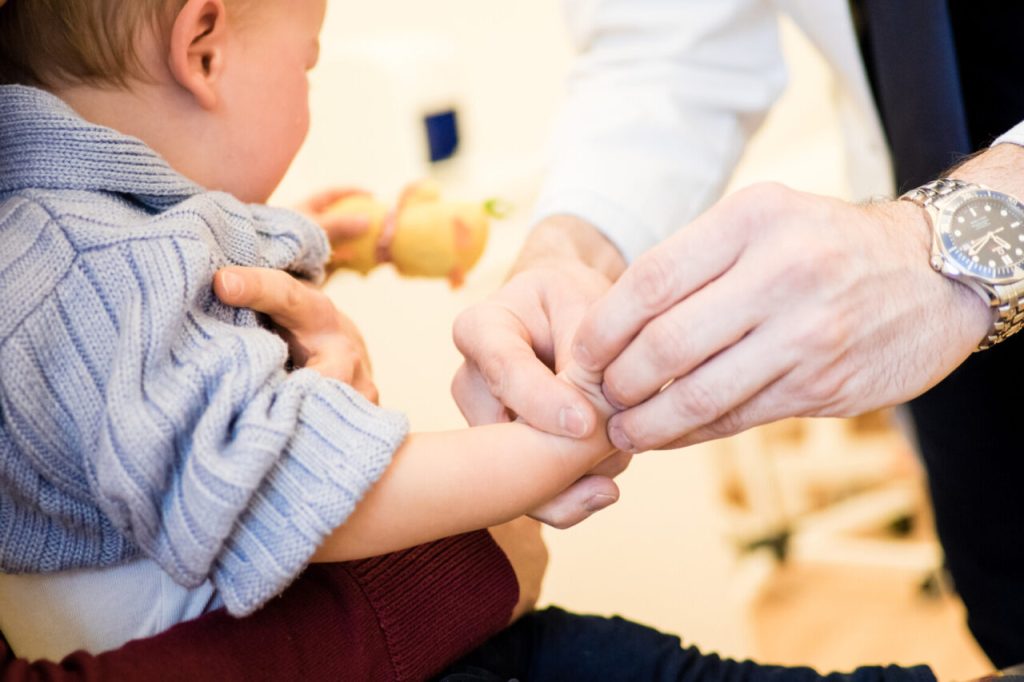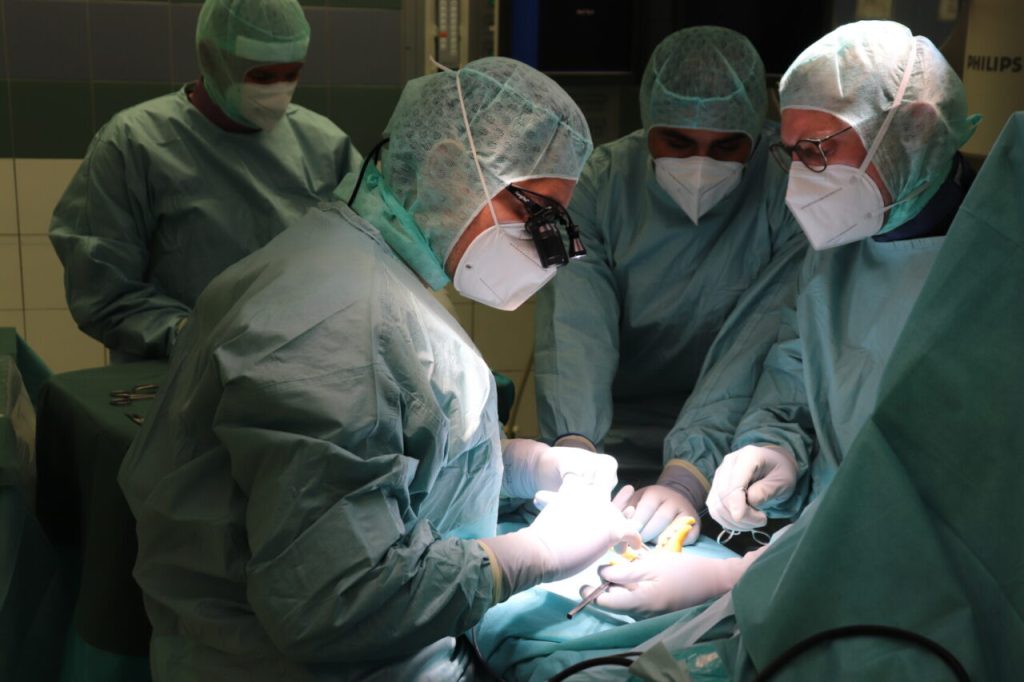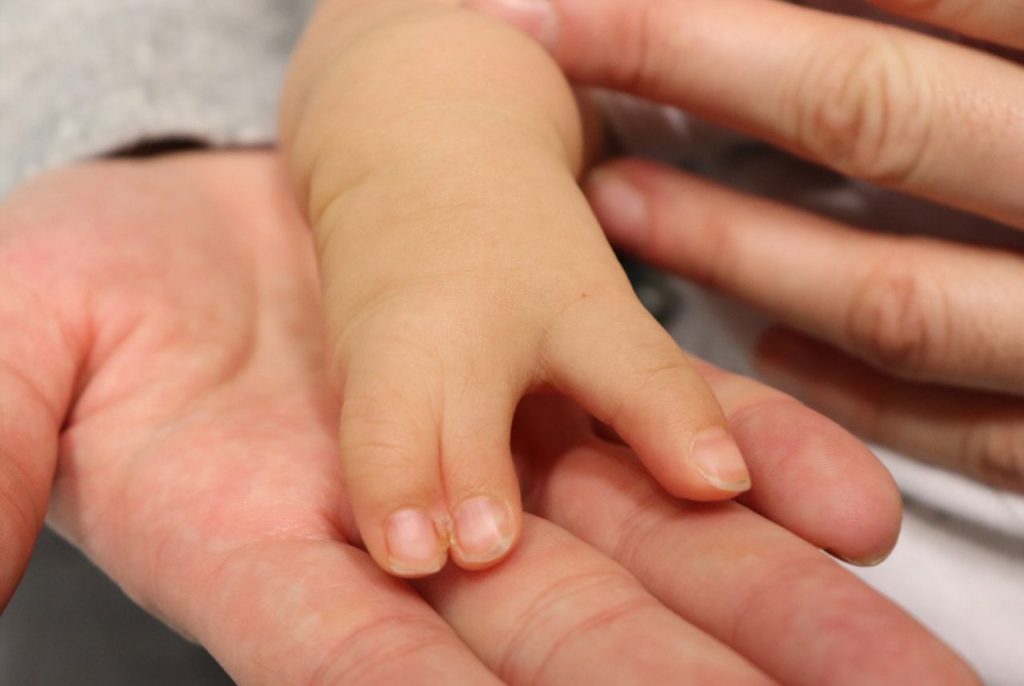Pediatric hand surgery
Children's hand
surgery
I am your expert for hand surgery!

Congenital hand malformations show a wide spectrum in everyday clinical practice. They can range from relatively minor soft tissue changes (e.g. syndactyly) to severely impairing bone malformations or defects of the upper extremity. Rapid growth in infancy and toddlerhood, as well as during puberty, requires long-term treatment planning and can be a major challenge for the treating surgeon.


An early appointment for an initial consultation is therefore highly advisable. If a prenatal ultrasound reveals a malformation, I recommend an initial consultation before the birth of the child to discuss any fears and possible treatment steps after the birth. If the malformation is detected immediately after birth, I recommend an initial presentation in the first few weeks of life.
In the following section you will find an overview of the most common congenital malformations and acquired pathologies of the upper extremity:
Hand malformations
- Syndactyly
- Polydactyly (e.g. “double thumb”)
- Clinodactyly
- Camptodactyly
- Macrodactyly
- Symbrachydactyly
- Split hand
- Amniotic cord syndrome
- Thumb hypoplasia
- Pollex flexus congenitus
- Trigger finger
- Congenital extension deficit
Child's wrist
- Ganglion
- TFCC lesions
- Kienböck’s disease
- Post-traumatic scaphoid pseudarthrosis
- Ulnocarpal impaction syndrome
- Radioulnar impingement
- Joint instability
Child's forearm and elbow
- Radial hypoplasia
- Ulnar hypoplasia
- Madelung’s deformity
- Congenital/post-traumatic radial head dislocation
- Congenital ulnar pseudarthrosis
- Radioulnar synostosis
- Osteochondritis dissecans of the elbow
- Post-traumatic elbow extension or flexion deficit
- Cubitus valgus/varus
Child's upper arm
- Peromelia/phocomelia
- Hemihyper/hypotrophy
Child's shoulder girdle
- Birth traumatic plexus lesion
- Congenital clavicular pseudarthrosis
- Sprengel deformity
Neuromuscular impairments of the child's upper extremity
- Infantile cerebral palsy
- Neurofibromatosis
- Arthrogryposis
Benign tumors of the child's upper extremity
- Cartilaginous exostoses
- Multiple hereditary exostosis disease
- Bone cysts
Rheumatic disease with involvement of the child's upper extremity
- Juvenile idiopathic arthritis
Syndromes involving the child's upper extremity
- Apert syndrome
- Achondroplasia